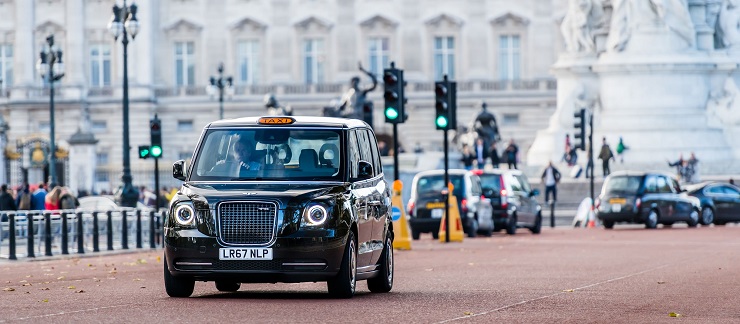London’s black cabs go electric and Japan embraces autonomy
Hybrid electric black cabs are officially ready to take to the streets of London, while preparations are underway in Yokohama, Japan for an autonomous e-mobility trial.


After several months of testing, the London EV Company’s (LEVC) TX taxi has been fully certified and can start taking its first passengers. The hybrid vehicle features a battery electric powertrain with a small backup petrol generator. It has an overall range up to 400 miles, with an 80-mile pure electric range. The six-seater cab also features a filter system to remove gases and particles from incoming air, as well as a sensor that closes the external air intake when it detects elevated levels of pollution.
https://www.theengineer.co.uk/london-black-taxi-cab-gets-21st-century-makeover/
“After extensive testing, LEVC’s new taxi is ready to do the job it was made for: transport people around this great city of London safely, cleanly and stylishly,” said Chris Gubbey, CEO of the LEVC.
“Better for passengers, more cost effective for drivers, it will play a major role in helping to improve air quality benefiting all Londoners. I am immensely proud of the work we have carried out so far: we have produced a new icon, the world’s most advanced electric taxi.”
Register now to continue reading
Thanks for visiting The Engineer. You’ve now reached your monthly limit of news stories. Register for free to unlock unlimited access to all of our news coverage, as well as premium content including opinion, in-depth features and special reports.
Benefits of registering
-
In-depth insights and coverage of key emerging trends
-
Unrestricted access to special reports throughout the year
-
Daily technology news delivered straight to your inbox










Water Sector Talent Exodus Could Cripple The Sector
Maybe if things are essential for the running of a country and we want to pay a fair price we should be running these utilities on a not for profit...